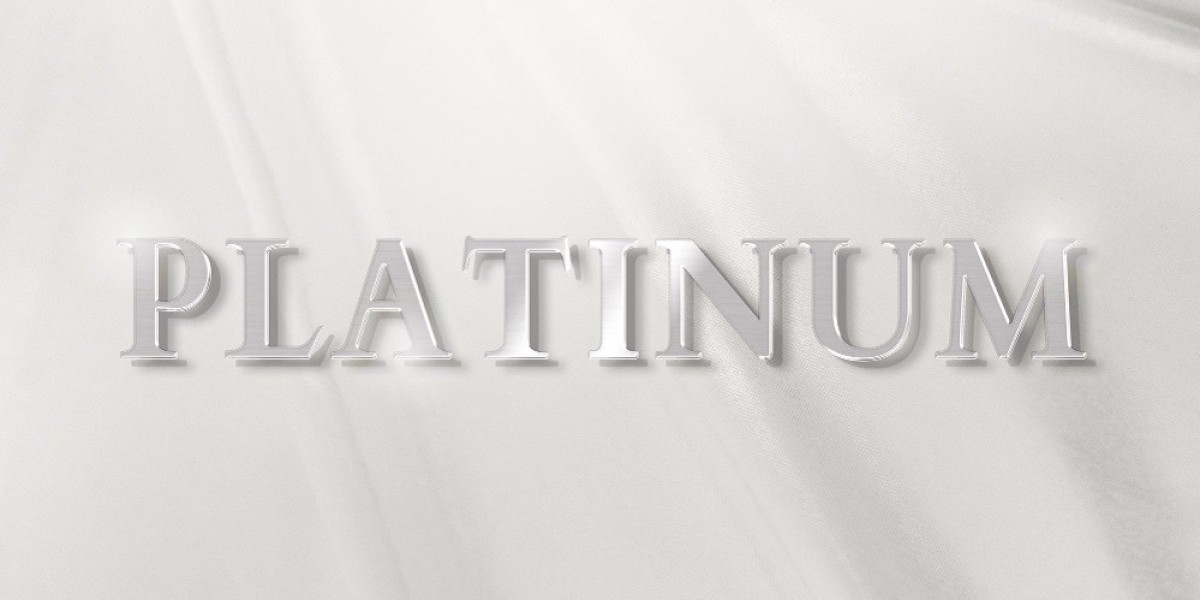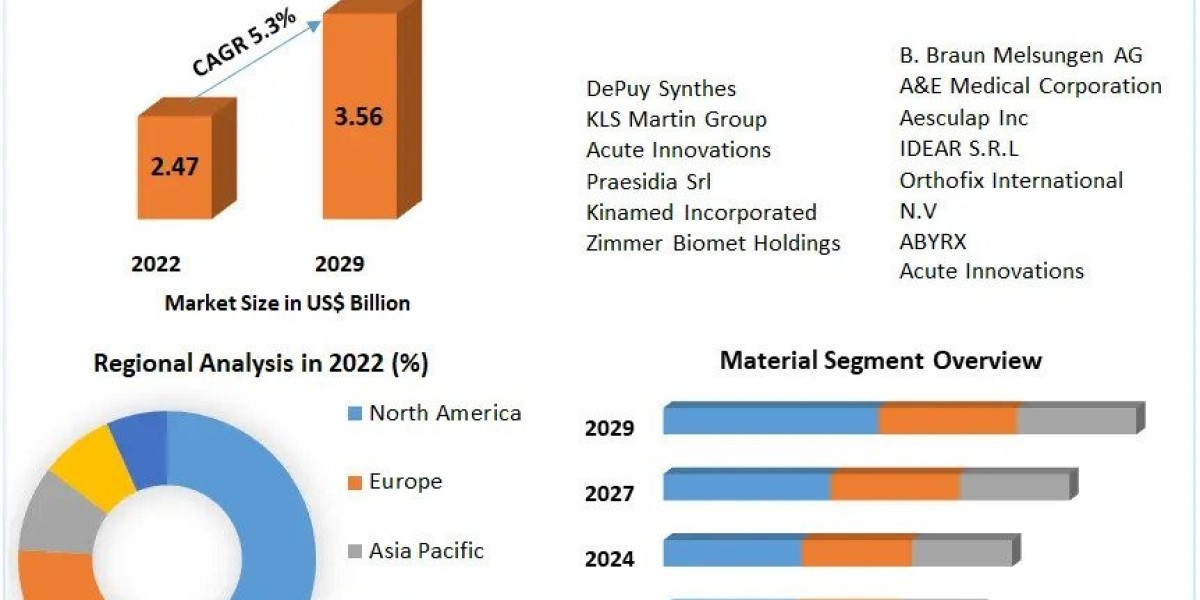Platinum, a precious metal renowned for its rarity and industrial applications, plays a significant role in various sectors, including automotive, jewelry, and electronics. As investors and industry stakeholders closely monitor platinum prices, understanding the current trends in USD pricing is essential for informed decision-making. In this analysis, we delve into the factors influencing platinum pricing, examine recent trends in USD pricing, and explore potential implications for investors and market participants.
Factors Influencing Platinum Pricing
Several factors contribute to the fluctuations in platinum prices, including:
1. Supply and Demand Dynamics: Platinum's limited supply and diverse demand across industries, particularly in automotive catalytic converters and jewelry manufacturing, exert significant influence on its pricing.
2. Economic Indicators: Macroeconomic factors such as GDP growth, inflation rates, and currency exchange rates can impact platinum demand and pricing, reflecting broader economic conditions and investor sentiment.
3. Geopolitical Events: Geopolitical tensions, trade disputes, and regulatory changes in major platinum-producing regions like South Africa and Russia can disrupt supply chains and affect market sentiment, leading to price volatility.
4. Industrial Demand: The use of platinum in industrial applications, such as catalysts for chemical reactions and fuel cells for clean energy technologies, contributes to its pricing dynamics, particularly in response to shifts in industrial production and technological advancements.
Recent Trends in USD Pricing
In recent months, platinum prices denominated in USD have exhibited notable trends:
1. Volatility Amid Economic Uncertainty: The ongoing COVID-19 pandemic and its economic repercussions have contributed to heightened volatility in platinum prices, reflecting uncertainties surrounding global economic recovery efforts and the pace of industrial activity.
2. Recovery in Automotive Sector: As automotive production and sales rebound from pandemic-related disruptions, platinum demand from the automotive sector, particularly for catalytic converters in gasoline and diesel vehicles, has shown signs of recovery, exerting upward pressure on prices.
3. Investment Demand: Amidst economic uncertainty, platinum has garnered increased attention from investors seeking alternative assets and portfolio diversification. The influx of investment capital into platinum-backed exchange-traded funds (ETFs) and physical bullion purchases has supported prices and contributed to price stability.
4. Supply Chain Disruptions: Challenges in platinum mining and refining operations, including labor disputes, safety concerns, and logistical constraints, have intermittently disrupted supply chains, leading to supply shortages and price spikes in the short term.
For investors and market participants, understanding the implications of recent trends in platinum pricing is crucial:
1. Portfolio Diversification: Platinum's low correlation with other asset classes, such as equities and bonds, makes it an attractive option for portfolio diversification and risk mitigation, particularly during periods of market volatility and economic uncertainty.
2. Industry Outlook: Monitoring developments in key platinum-consuming industries, such as automotive manufacturing and clean energy technologies, can provide insights into future demand trends and pricing dynamics, informing investment decisions and strategic planning.
3. Risk Management: Implementing risk management strategies, such as hedging with futures contracts or options, can help mitigate exposure to platinum price fluctuations and protect against adverse market movements, providing stability to investment portfolios and business operations.
4. Long-Term Outlook: Despite short-term volatility, the long-term outlook for platinum remains positive, driven by its indispensable role in critical industrial applications and growing demand for clean energy technologies, presenting opportunities for investors with a horizon beyond immediate market fluctuations.
Environmental Regulations:
The growing focus on environmental sustainability and emission reduction initiatives is driving increased demand for platinum in catalytic converters for both gasoline and diesel vehicles. Stricter emissions standards worldwide are necessitating higher platinum loadings in catalytic converters, leading to a surge in demand for the precious metal and exerting upward pressure on prices.
Green Energy Transition:
Platinum's role in hydrogen fuel cell technology is gaining prominence as countries worldwide embrace the transition to clean energy. Hydrogen fuel cells, which use platinum as a catalyst to produce electricity from hydrogen and oxygen, offer a promising solution for zero-emission transportation and energy storage. The rising adoption of hydrogen fuel cell vehicles and stationary power systems is fueling demand for platinum and contributing to its price appreciation.
Supply Chain Resilience:
The COVID-19 pandemic exposed vulnerabilities in global supply chains, prompting industry players to reassess their supply chain strategies and bolster resilience. In response, platinum producers are investing in technological innovations and operational efficiency measures to enhance supply chain robustness and ensure uninterrupted production. Strengthening supply chain resilience reduces the likelihood of supply disruptions and helps stabilize platinum prices.
Technological Advancements:
Advancements in platinum recycling technologies and refining processes are expanding the availability of recycled platinum, supplementing primary production and alleviating supply constraints. Enhanced recycling capabilities enable more efficient utilization of existing platinum resources, reducing the industry's environmental footprint and enhancing sustainability. The increasing availability of recycled platinum contributes to market liquidity and price stability.
Investor Sentiment:
The unprecedented monetary stimulus measures implemented by central banks in response to the pandemic-induced economic downturn have fueled investor appetite for hard assets and inflation hedges. Platinum, with its intrinsic value and industrial applications, has attracted renewed interest from investors seeking to diversify their portfolios and hedge against currency depreciation and inflationary pressures. Heightened investor demand has provided support to platinum prices and contributed to their resilience amidst economic uncertainties.
Conclusion
In conclusion, analyzing current trends in USD pricing provides valuable insights into the dynamics shaping the platinum market. As investors and industry stakeholders navigate through economic uncertainty and market volatility, staying informed about supply and demand dynamics, monitoring recent pricing trends, and assessing the implications for investment strategies are essential for making informed decisions and capitalizing on opportunities in the platinum market. By understanding the multifaceted factors influencing platinum pricing and adopting a proactive approach to risk management, investors can position themselves to navigate through market fluctuations and achieve their long-term financial objectives.
To Get Real-Time Price of Platinum Visit: https://pricevision.ai/
Source: https://bresdel.com/blogs/453188/Platinum-Cost-Today-Analyzing-Current-Trends-in-USD-Pricing








